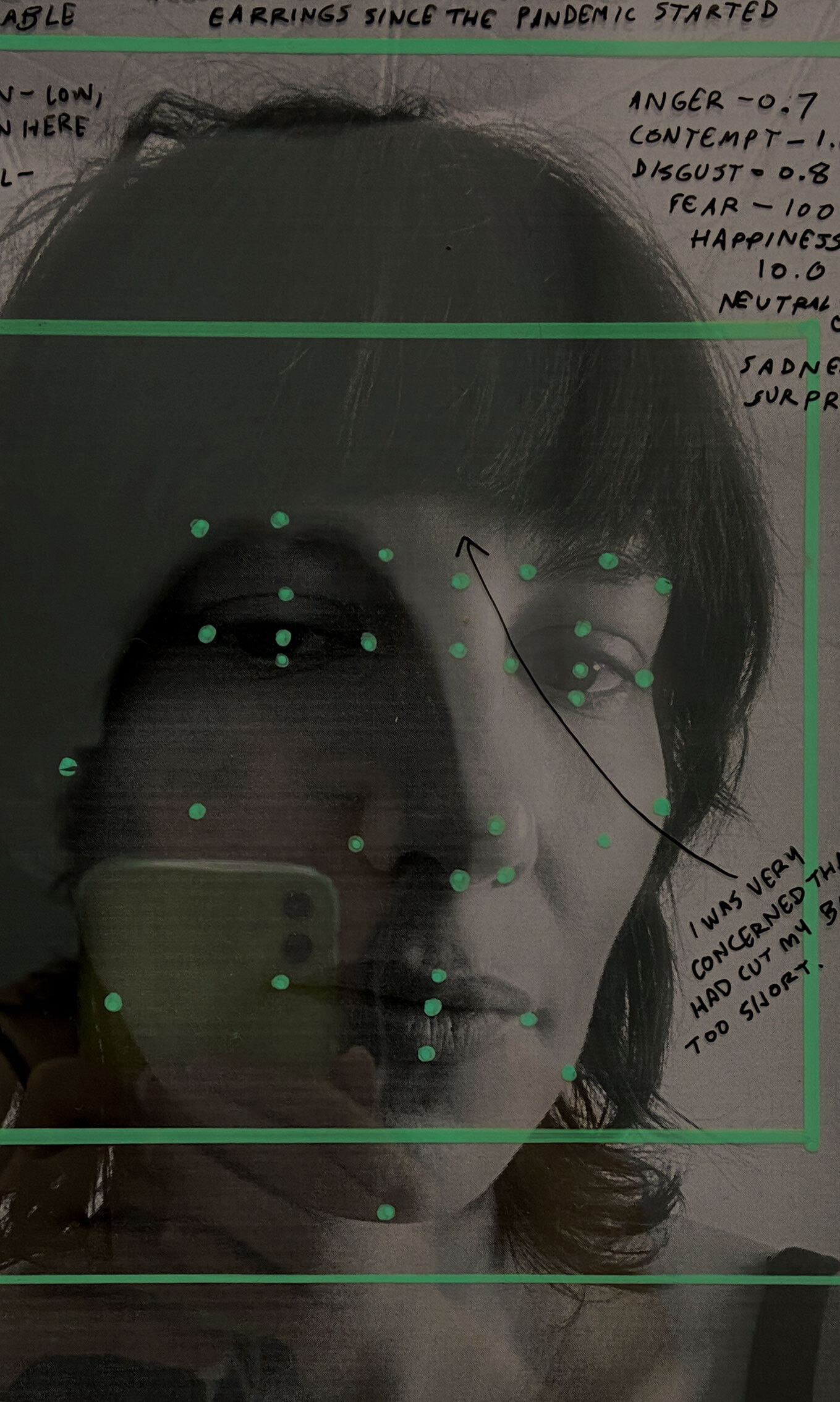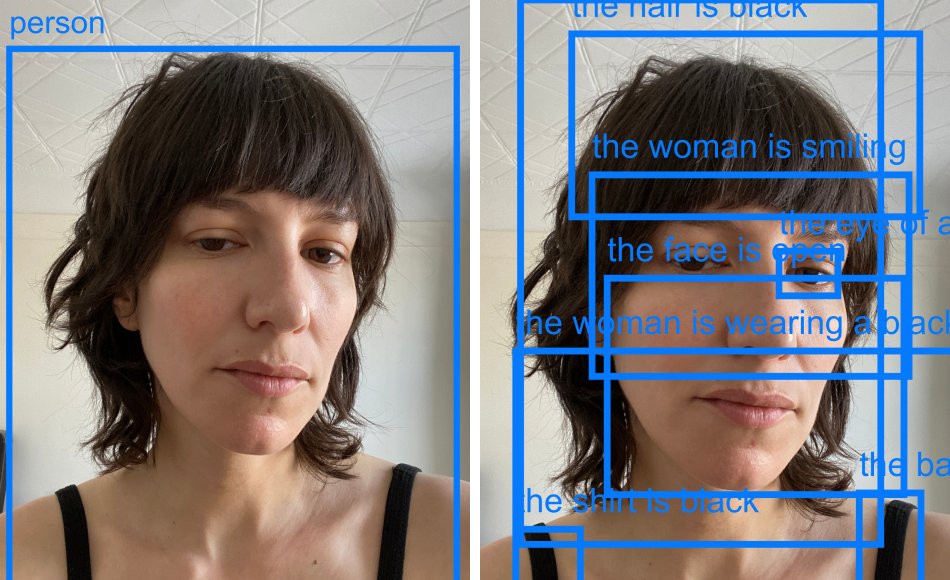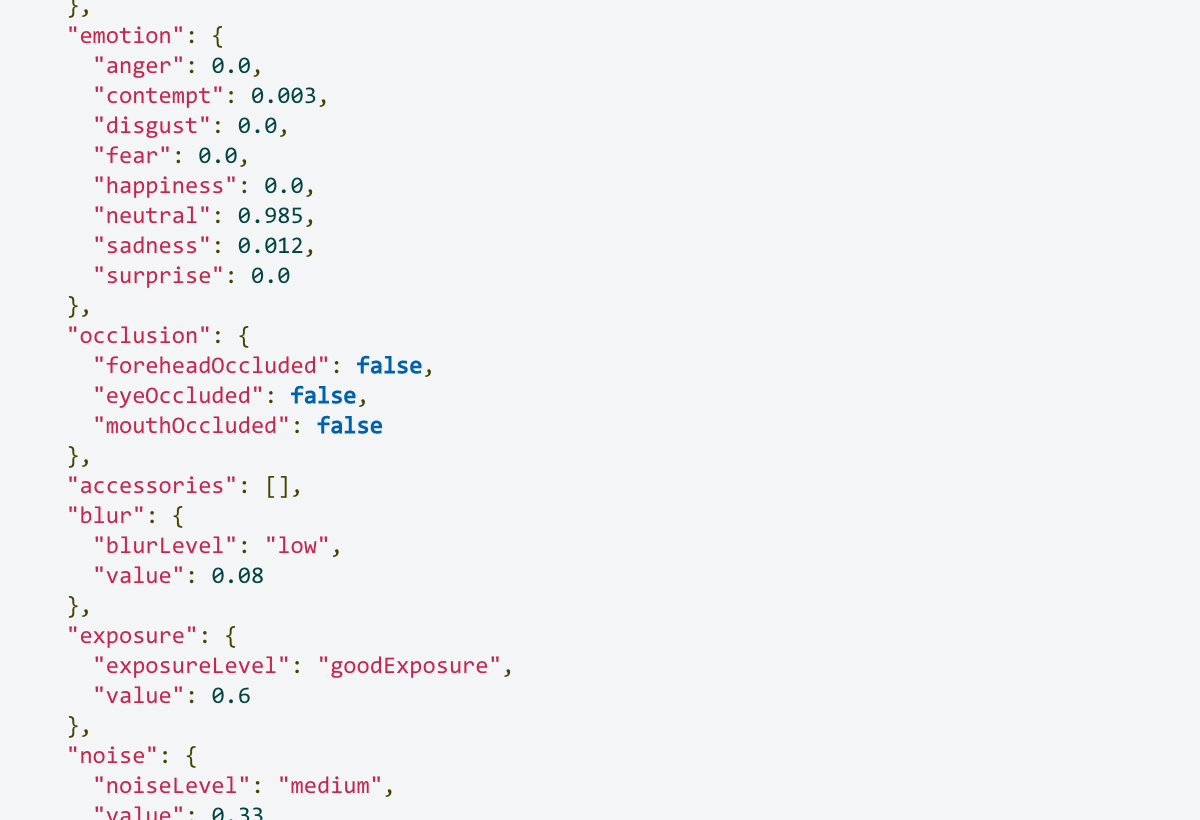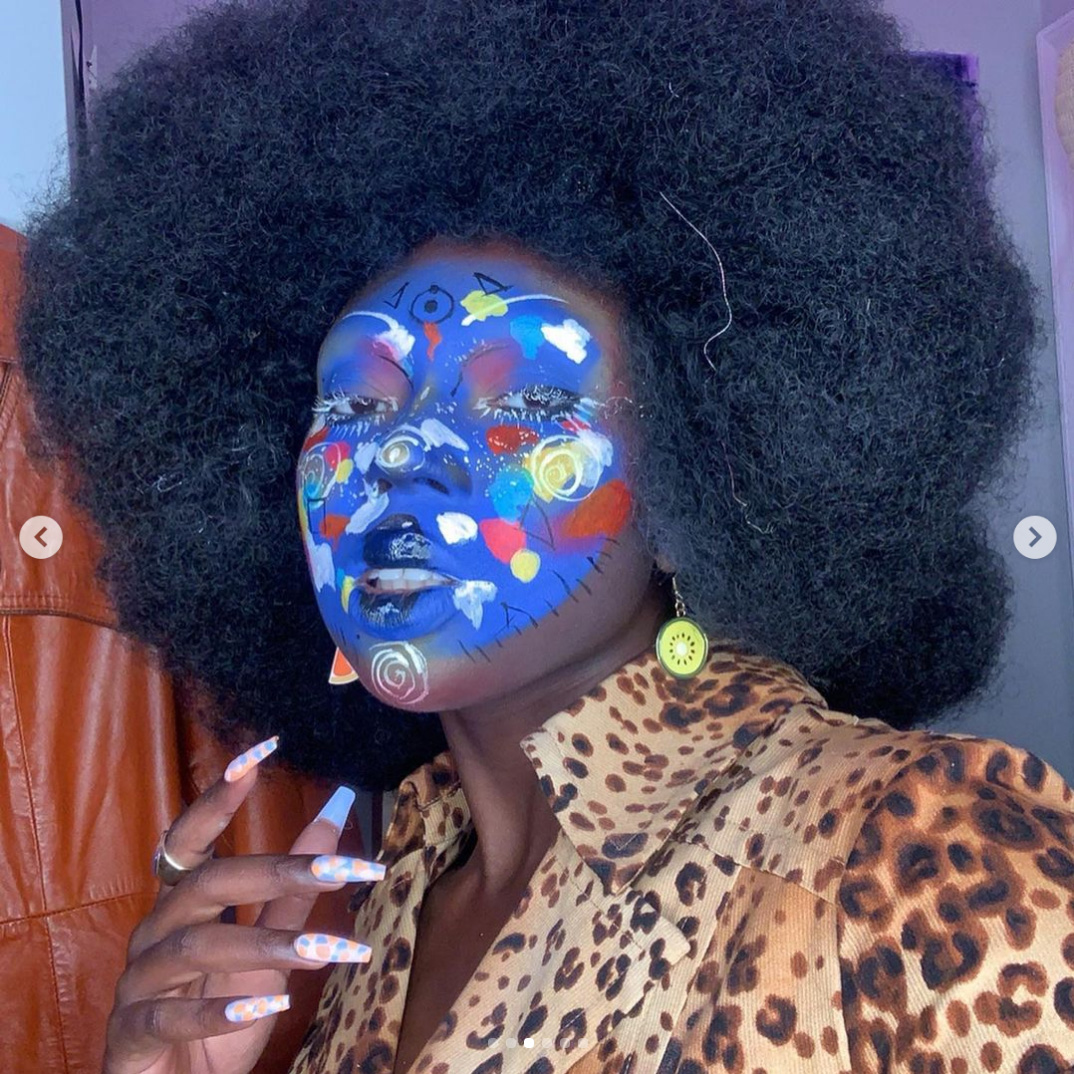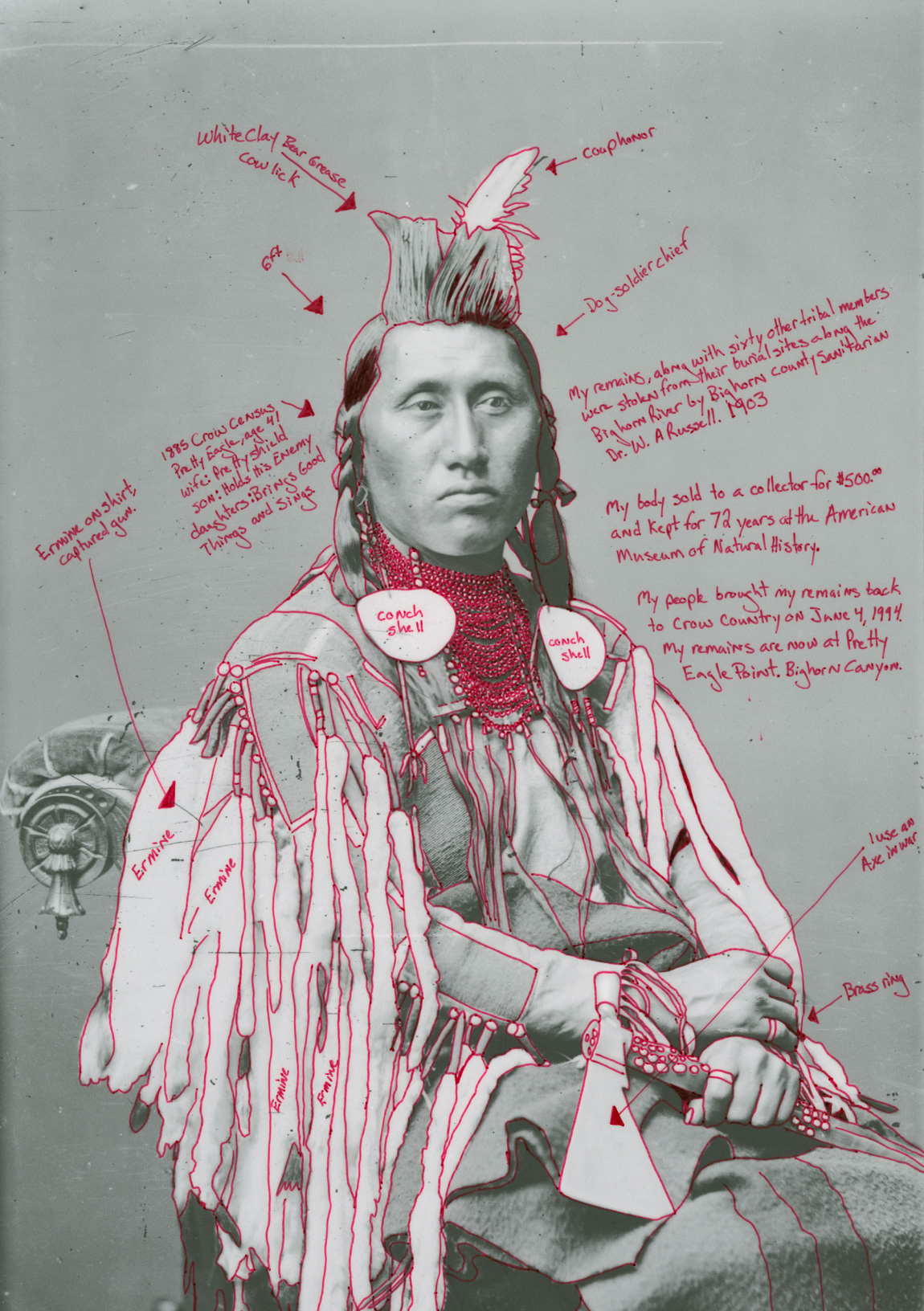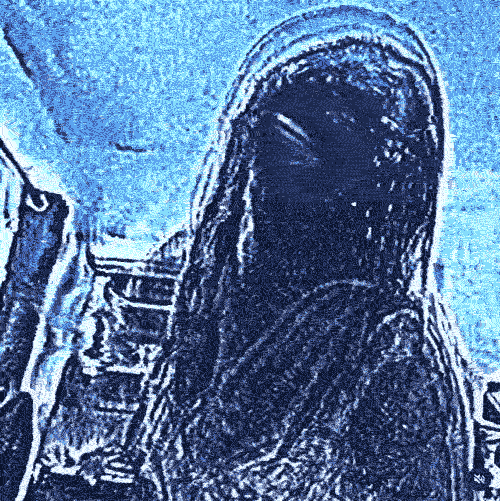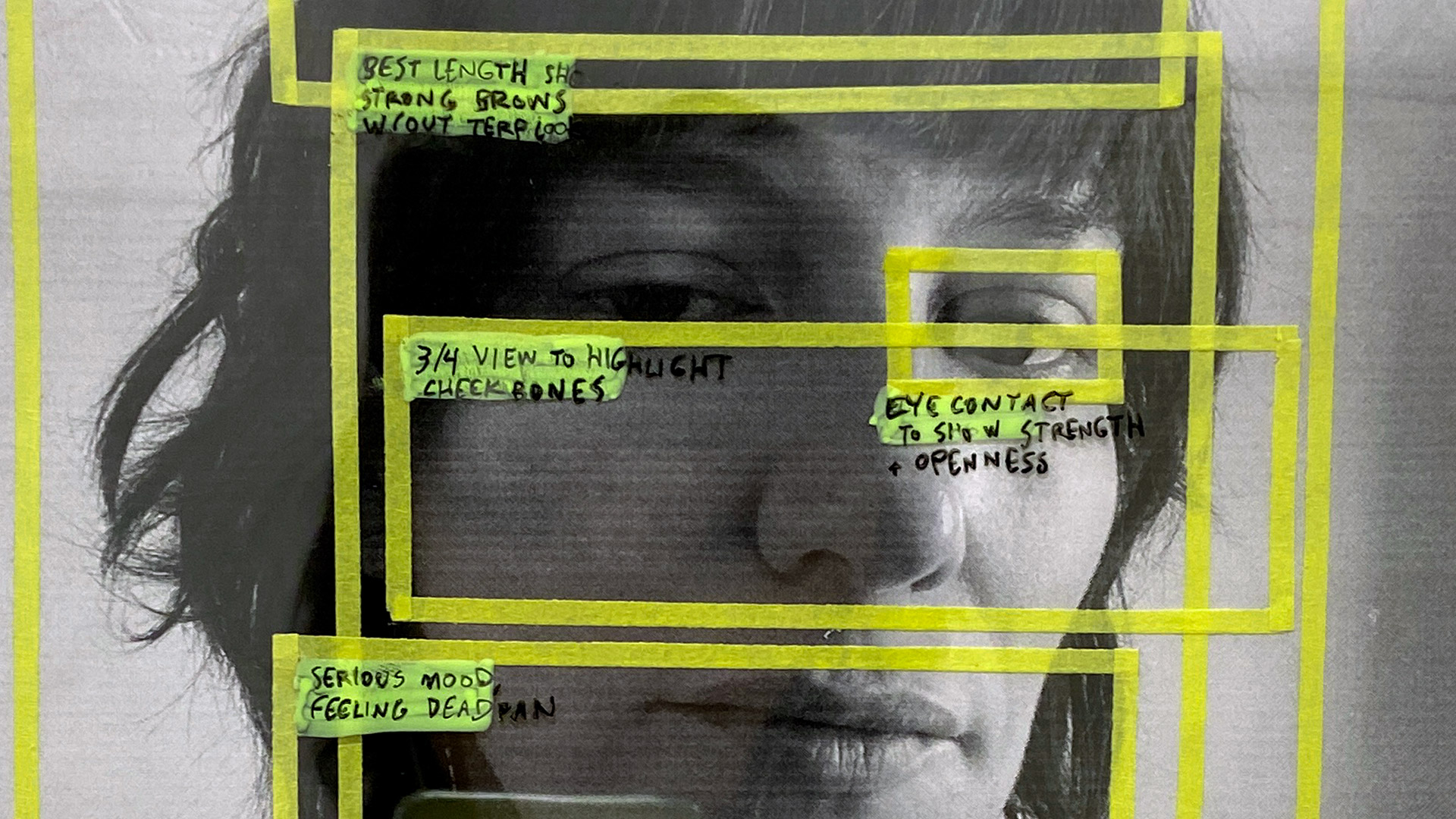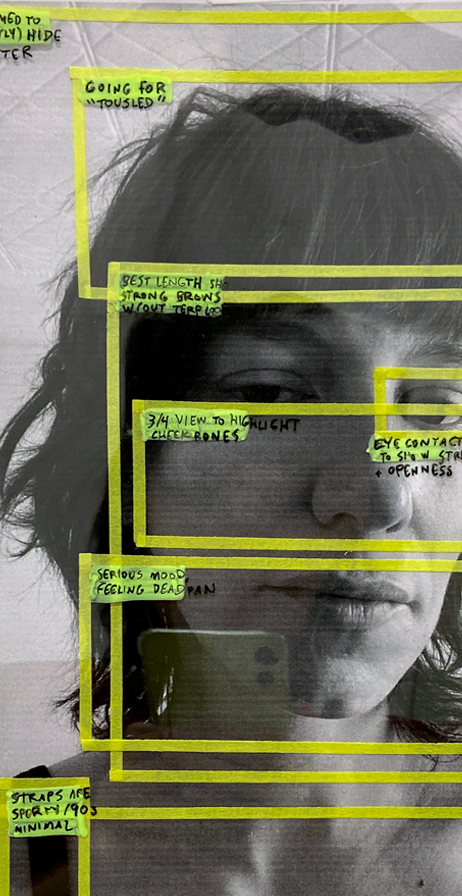Agostinho, Daniela. “Chroma Key Dreams: Algorithmic Visibility, Fleshy Images and Scenes of Recognition.” Philosophy of Photography, vol. 9, no. 2, 1 Oct. 2018, pp. 131–155, 10.1386/pop.9.2.131_1.
Ajana, Btihaj. Governing through Biometrics : The Biopolitics of Identity. Erscheinungsort Nicht Ermittelbar, Verlag Nicht Ermittelbar, 2013.
Anderson, Steve F. Technologies of Vision: The War between Data and Images. Cambridge, Massachusetts, The Mit Press, 2017.
Browne, Simone. Dark Matters: On the Surveillance of Blackness. Durham, Duke University Press, 2015.
Daub, Adrian. “The Return of the Face.” Longreads, 3 Oct. 2018.
Campt, Tina M. Listening to Images. Durham ; London, Duke University Press, 2017.
Crawford, Kate, and Roel Dobbe. AI Now 2019 Report. AI Now Institute, 2019.
Lehmann, Claire. “Color Goes Electric.” Triple Canopy, 31 May 2016.
House, Brian. “Stalking the Smart City.” Urban Omnibus, 2 May 2019.
Levin, Boaz, and Vera Tollmann. “Bunker-Face.” Transmediale.De, 2018.
Mattern, Shannon. “All Eyes on the Border.” Places Journal, no. 2018, 25 Sept. 2018.
Mehri, Momtaza. “The Beautiful Ones.” Real Life, 16 Mar. 2017.
Pipkin, Everest. “On Lacework: Watching an Entire Machine-Learning Dataset.” Unthinking Photography, July 2020.
Robertson, Hamish, and Joanne Travaglia. “Big Data Problems We Face Today Can Be Traced to the Social Ordering Practices of the 19th Century.” Impact of Social Sciences, 13 Oct. 2015.
Roth, Lorna. “Looking at Shirley, the Ultimate Norm: Colour Balance, Image Technologies, and Cognitive Equity.” Canadian Journal of Communication, vol. 34, no. 1, 28 Mar. 2009, 10.22230/cjc.2009v34n1a2196.
Schmitt, Philipp. “Tunnel Vision.” Unthinking Photography, Apr. 2020.
Sharpe, Christina Elizabeth. In the Wake: On Blackness and Being. Durham, Duke University Press, 2016.
Slevin, Tom. “Vision, Revelation, Violence: Technology and Expanded Perception within Photographic History.” Philosophy of Photography, vol. 9, no. 1, 1 Apr. 2018, pp. 53–70, 10.1386/pop.9.1.53_1.
Steyerl, Hito. “In Defense of the Poor Image.” e-flux, 2009.
Sun Kim, Christine. “Artist Christine Sun Kim Rewrites Closed Captions.” Pop-Up Magazine, 13 Oct. 2020.
Woodall, Richard. “Lying Eyes.” Real Life, 30 Jan. 2020.

